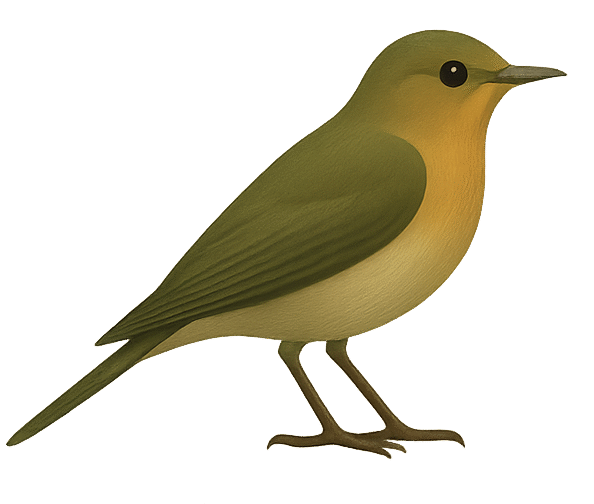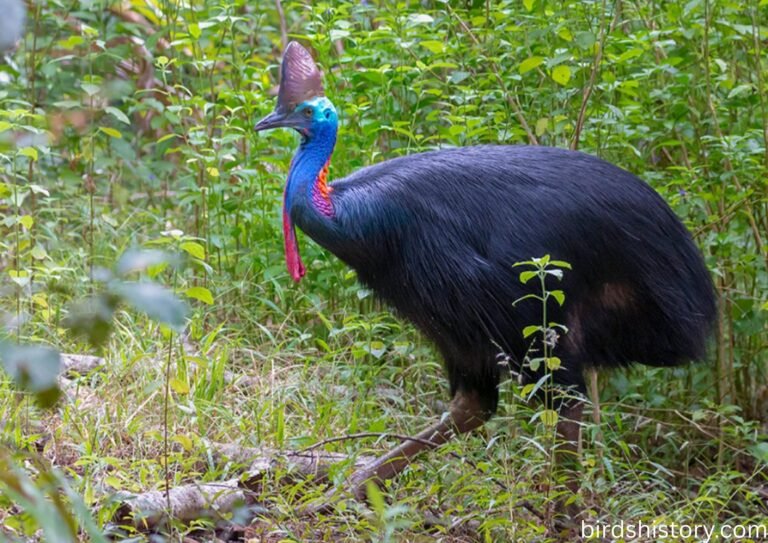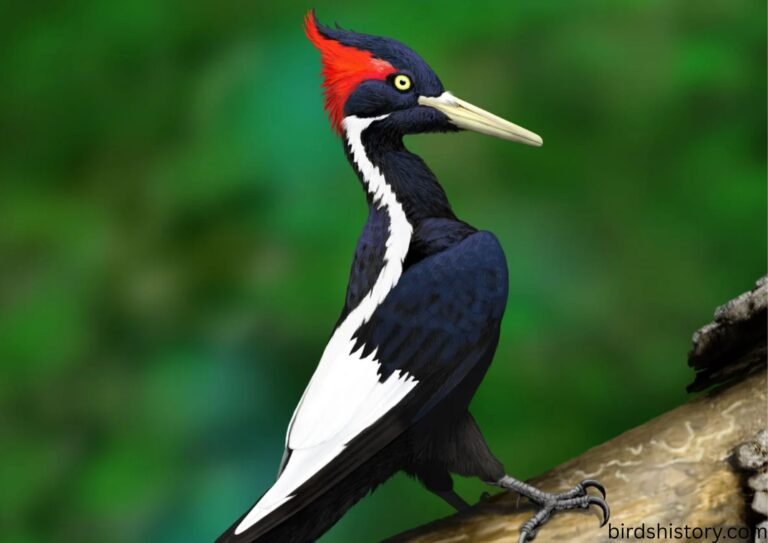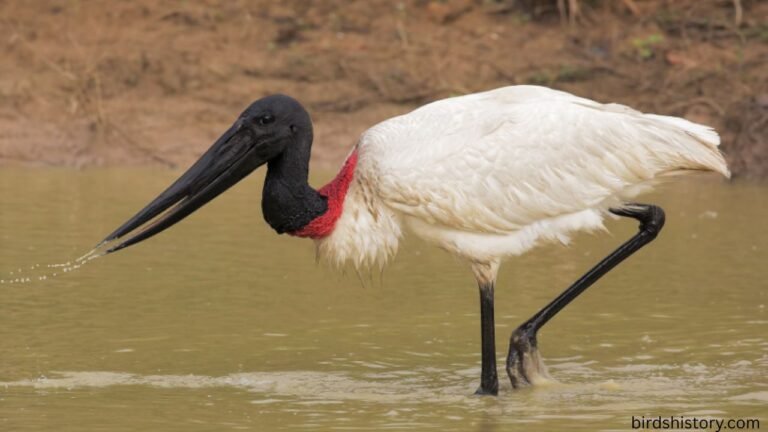The Emperor Penguin: Nature’s Cold-Weather King
The Emperor Penguin is one of the most fascinating birds on Earth. Standing tall at nearly 4 feet and thriving in some of the harshest conditions on the planet, these penguins are true masters of survival. They live exclusively in Antarctica, enduring freezing winds and icy waters where few animals dare to exist. What makes them even more incredible is their unique parenting strategy—the males fast for months while carefully incubating eggs in the brutal Antarctic winter.
One surprising fact? Emperor Penguins can dive deeper than 1,800 feet and hold their breath for over 20 minutes—longer than any other bird. This makes them not just survivors, but also exceptional hunters beneath the ice.
Let’s dive deep into everything about the Emperor Penguin—from its biology and behavior to its threats and conservation.
Taxonomy / Classification
- Common Name: Emperor Penguin
- Scientific Name: Aptenodytes forsteri
- Family: Spheniscidae
- Order: Sphenisciformes
- Class: Aves
Also read: /southern-cassowary/
The Emperor Penguin belongs to the penguin family, Spheniscidae, which includes around 18 species. They are the largest penguin species and stand out for their extraordinary adaptations to cold climates.
Physical Description
The Emperor Penguin is a giant among penguins. Adults reach about 3.6–4 feet (110–120 cm) in height and weigh between 50–100 pounds (22–45 kg) depending on the season. Their weight fluctuates drastically because they fast for extended periods during breeding.
Key Features
- The bird’s feathers are a sleek black on its back, wings, and head, contrasting with a white underside. The upper chest has a golden-yellow patch, blending into lighter hues around the neck.
- Beak: Long and slender with an orange streak along the sides.
- Wings: Adapted as strong flippers for swimming, not flying.
- Feet: Large, black, and webbed, essential for walking across ice.
Male vs. Female Differences
Male and female individuals look so alike that it’s challenging to tell them apart in their natural habitat. The main difference is size: males tend to be slightly heavier, especially before the breeding fast.
Unique Trait
Their feather structure is exceptional: tightly packed, water-repellent, and layered with insulating down underneath. Combined with a thick fat layer, it allows them to survive temperatures as low as -60°C (-76°F).
Habitat and Range
The Emperor Penguin is found only in Antarctica, making its range the most restricted of all penguin species.
Preferred Environment
- They live on sea ice near the coastlines.
- They need solid ice to establish their breeding grounds.
- During the breeding season, they gather inland, sometimes up to 60 miles (100 km) from the sea.
Migration Patterns
Emperor Penguins are not long-distance migratory birds, but they move seasonally between ocean feeding areas and inland breeding sites. Colonies can contain thousands of individuals, creating one of the most impressive spectacles in the animal kingdom.
Diet and Feeding Habits
Emperor Penguins are carnivorous seabirds that feed primarily on marine life.
Main Diet
- Fish: Antarctic silverfish is a favorite.
- Squid: Caught during deeper dives.
- Krill: Tiny crustaceans abundant in Antarctic waters.
Feeding Behavior
- Using strong beats of their flippers, they can dive to depths of 1,800 feet.
- Their ability to hold their breath for 20 minutes allows them to hunt in extreme conditions.
- They have barbed tongues and spiny throats to help grip slippery prey.
Fun fact: An Emperor Penguin can consume several pounds of fish in a single feeding session.

Behavior and Lifestyle
Emperor Penguins are highly social and depend on cooperation to survive.
Social Habits
- They form massive colonies for breeding and protection.
- In winter, they huddle together—sometimes thousands at a time—to conserve heat, rotating so every penguin gets a turn in the warmer center.
Movement
- They are excellent swimmers, reaching speeds of 6–9 mph underwater.
- On land, they walk awkwardly but also toboggan (slide on their bellies using flippers and feet).
Vocalizations
Each penguin has a unique call, which allows mates and chicks to recognize each other in the crowded colony.
Mating Rituals
- Pairs form in late autumn.
- Courtship involves mutual calls, bowing, and synchronized movements.
Reproduction and Lifespan
Emperor Penguins have one of the most remarkable breeding strategies in nature.
Breeding Season
- Begins in May or June (Antarctic winter).
- Females lay a single egg.
Nesting
- Instead of building nests, the male keeps the egg warm on his feet under a flap of skin called the brood pouch.
- The female goes back to the ocean to hunt, while the male remains behind and can go without food for as long as 120 days.
Chicks
- Eggs hatch after about 65 days.
- The female usually returns around hatching time to feed the chick.
- Chicks are covered in gray down and stay dependent for several months.
Lifespan
- In the wild: 15–20 years.
- In captivity: Sometimes longer, though they rarely thrive outside Antarctica.
Predators and Threats
Even though adult Emperor Penguins are large, they still face threats.
Natural Predators
- Leopard Seals: Ambush penguins near the ice edge.
- Orcas (Killer Whales): Prey on penguins in the ocean.
- Skuas & Giant Petrels: Target eggs and chicks.
Environmental Threats
- Climate Change: Melting sea ice threatens breeding colonies.
- Overfishing: Reduces fish and krill stocks.
- Pollution: Oil spills and microplastics affect their food sources.
Conservation Status
The IUCN (International Union for Conservation of Nature) currently lists the Emperor Penguin as Near Threatened.
Key Challenges
- Global warming is the biggest danger—loss of sea ice could lead to dramatic population declines.
- Some colonies have already shown reduced chick survival due to ice breakup.
Conservation Efforts
- Protected under the Antarctic Treaty.
- Marine protected areas (MPAs) around Antarctica safeguard feeding zones.
- Scientists monitor populations using satellite imagery.

Interesting Facts about Emperor Penguins
- They are the tallest and heaviest penguins in the world.
- Emperor Penguins can survive wind chills of -100°F (-73°C).
- They are unique among all penguin species for breeding during the Antarctic winter.
- Males lose up to 45% of their body weight while fasting.
- Despite living in extreme cold, their body temperature remains stable at about 38°C (100°F).
- A group huddle can include thousands of penguins, creating a “penguin heating system.”
- They inspired the movie “March of the Penguins” and the animated film “Happy Feet.”
Conclusion
The Emperor Penguin represents far more than just a bird; it stands as a powerful symbol of endurance and the ability to adapt. From their extreme parenting sacrifices to their deep-diving hunting skills, they showcase how life can thrive in the harshest places on Earth.
Learning about these birds reminds us not only of their beauty but also of the urgent need to protect Antarctica’s fragile ecosystem. Without action against climate change, the Emperor Penguin’s icy kingdom could disappear—and with it, one of nature’s most extraordinary species.
FAQs
1. How tall is an Emperor Penguin?
About 3.6–4 feet tall, making it the tallest penguin species.
2. How much does an Emperor Penguin weigh?
Between 50–100 pounds, depending on the season.
3. Can Emperor Penguins fly?
No, they are flightless but excellent swimmers.
4. How deep can they dive?
They can dive deeper than any other bird, reaching depths of up to 1,800 feet.
5. How long can they hold their breath?
Over 20 minutes underwater.
6. Do Emperor Penguins live anywhere besides Antarctica?
No, they are found only in Antarctica.
7. What do Emperor Penguins eat?
Mainly fish, squid, and krill.
8. How do they keep warm?
Thick blubber, dense feathers, and huddling behavior.
9. Are Emperor Penguins endangered?
Currently “Near Threatened” due to climate change.
10. How long do they live?
About 15–20 years in the wild.








